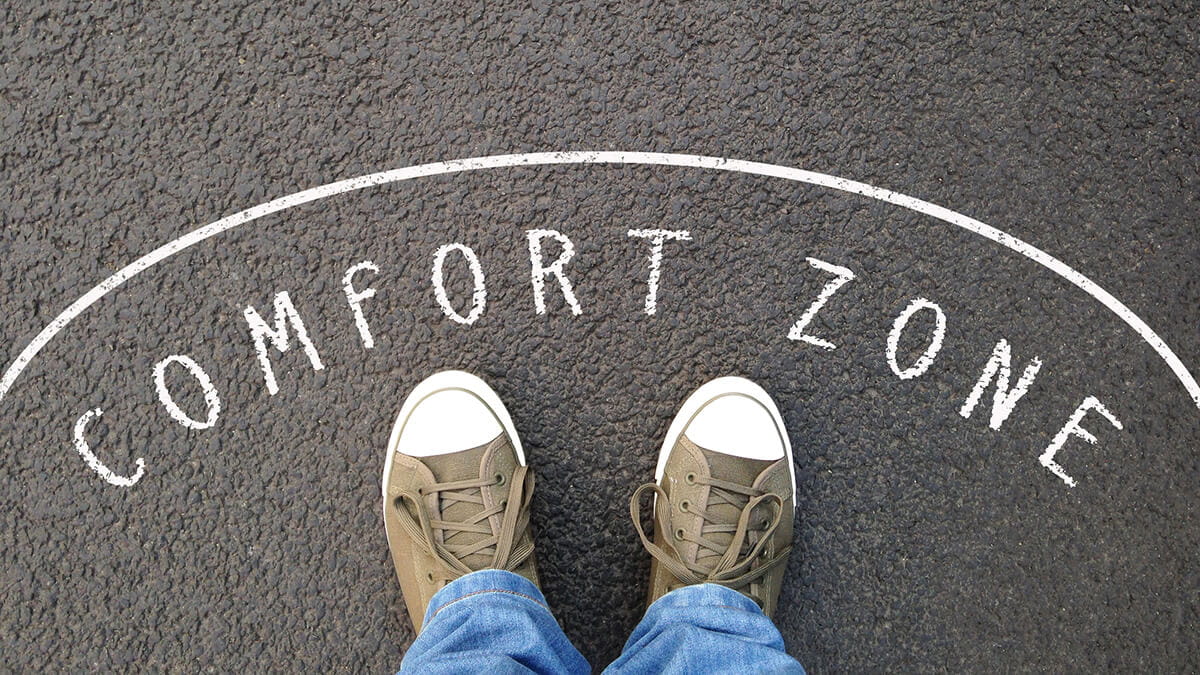by STAFF REPORTER
Only 25% of the world’s population is comfortable with changing the status quo and doing things with an innovative twist. “These individuals are often called disruptors or innovators,” explains Juanita Vorster, a professional speaker on the topic of success in a disrupted world.
According to Vorster, the main difference between those who disrupt and those who are disrupted is their dependence on comfort.
“It is often not the physical difficulty of doing something differently that holds us back from change, but the emotional discomfort that goes along with it,” says Vorster.
This emotional discomfort stems from a complex combination of neurobiological, psychological, and sociological factors.
Mental discomfort
The human brain is designed to conserve energy as a survival mechanism. It does this by creating neural pathways that drive unconscious behaviour – habits – for tasks we perform on a regular basis. Any new task or activity requires a lot of effort, and the brain will therefore always try to revert to habits that are already formed.
“Doing something differently is uncomfortable because we feel tired a lot quicker,” explains Vorster. “We are used to preparing for and dealing with cyclical change – like seasons that come and go – and are not often exhausted by it because there are periods of stability in this type of change.” Disruptive change is different; it is unpredictable and does not contain periods of stability.
Emotional discomfort
Emotional reactions to change often include anger, fear, and sadness. These emotions are not only driven by individual employees’ personality types, but also by the culture of the business. 75% of the world’s population prefers to operate in familiar environments and from skills they’ve already perfected.
Social discomfort
When the culture of a business – “the way we do things around here” – is highly resistant to change, even highly adaptable individuals become uncomfortable with doing things differently.
“Groups – whether it be colleagues in the work environment, or friends or family – set and manage their boundaries by showing acceptance or rejection of the behaviour of individuals,” explains Vorster. “If the behaviour of an individual threaten the group’s regular way of doing things, the individual might soon experience that they have been rejected by the group.”
“There is significant discomfort in being on the receiving end of rejection by a group, and this discomfort will often drive an individual to follow popular opinion rather than their own choice,” says Vorster.
“Only once we retrain ourselves and our workforces to become more comfortable with being uncomfortable will we be able to turn disruptive threats into opportunities for success.”
Vorster advises businesses to train their employees in the skills needed to accept change quicker by understanding what the core purpose – not job description – of their roles are. This understanding must be combined with knowledge of the major trend predictions for the future of their particular profession or sector, and a replacement of industrial management habits with a design thinking mindset.


